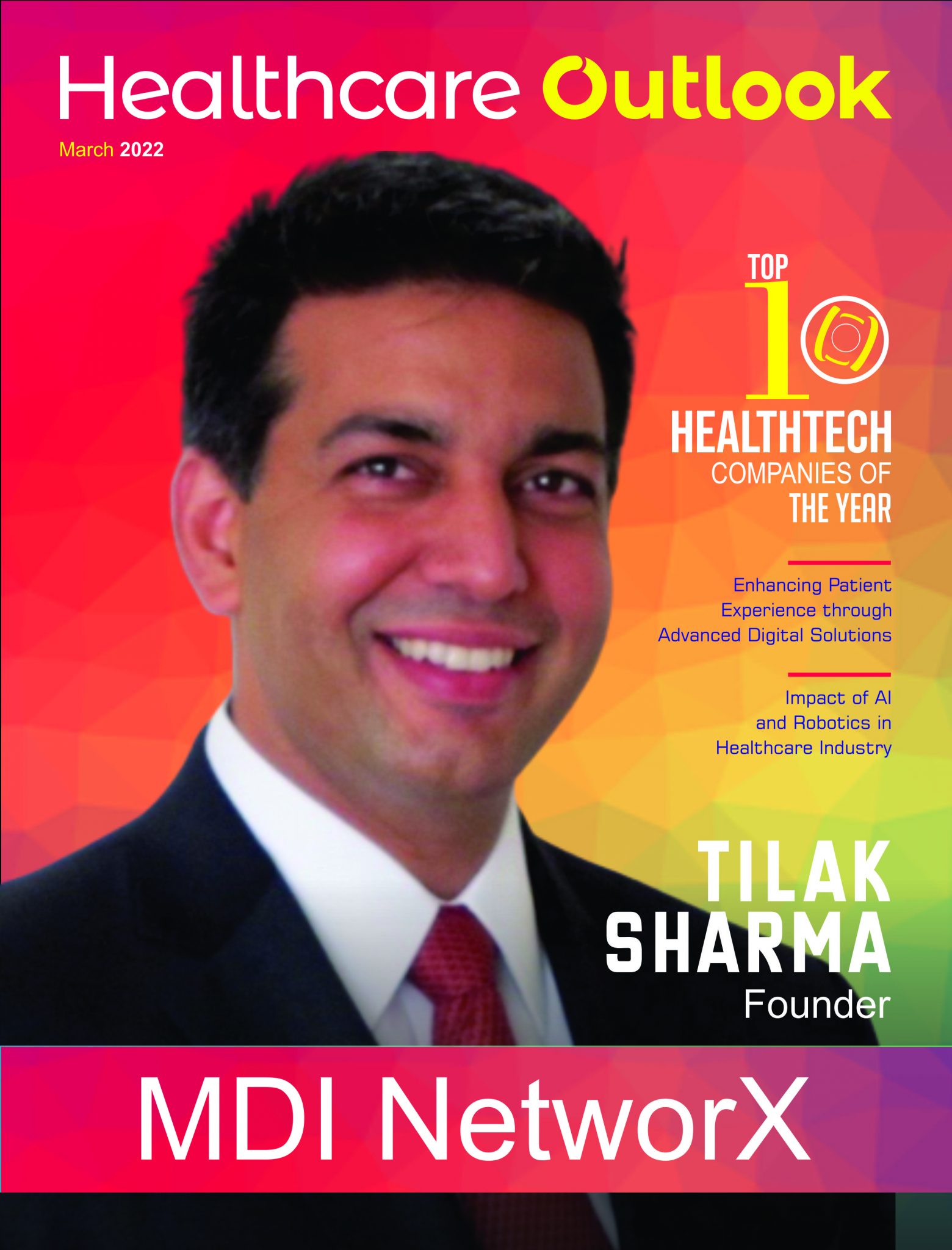
What makes medical training in metaverse so revolutionary and how it can help health professionals?
The medical field is undergoing a revolution with the advent of Metaverse medical training. It is a new way of learning that immerses students in a virtual reality environment and allows them to practice medical procedures in a safe, interactive environment. This method of learning has the potential to revolutionize the way medical professionals are educated, providing a more efficient and cost-effective way to gain knowledge and skills. In this article, we will take a look at what makes medical training in metaverse so revolutionary and how it can benefit healthcare professionals and patients alike.
What is Metaverse?
Metaverse is a 3D virtual world that is being developed to enable users to interact with each other and explore an immersive digital environment. It is powered by blockchain technology, which provides a secure and transparent platform for users to engage in a wide range of activities.
The Metaverse platform has opened up a range of possibilities for medical training, allowing practitioners and students to learn in an engaging and interactive way. Through the use of avatars, users can explore 3D anatomy models, practice surgical techniques, and even interact with simulated patients in a safe and secure environment. This opens up a whole new realm of possibilities for healthcare professionals, who can now gain real-world experience without having to be physically present in a hospital setting.
Medical training in Metaverse also enables remote access to learning materials and experts, making it easier than ever for students to access high-quality education no matter where they are located. With its intuitive user interface, interactive tools, and advanced simulation capabilities, Metaverse offers a new way of learning that is both immersive and engaging.
How can medical professionals benefit from training in Metaverse?
Medical professionals are always looking for innovative ways to improve their education and hone their skills. With the emergence of Metaverse, an online virtual world, medical professionals now have access to a new way of immersive learning.
Metaverse provides a unique platform for medical professionals to learn and practice new procedures in a highly realistic environment. Through interactive simulations and games, learners can gain experience in a variety of medical disciplines and practice their skills in a safe and secure environment.
The virtual world of Metaverse provides a wealth of opportunities for medical professionals to enhance their training. From anatomical models to interactive role-playing scenarios, learners can gain a comprehensive understanding of medical practices without the risks associated with traditional methods. In addition, learners can collaborate with each other in virtual sessions and gain valuable feedback from experts.
Metaverse also offers educational opportunities beyond the classroom setting. Professionals can find tutorials, lessons, and interactive challenges that can be accessed from any device, at any time. This allows learners to remain up-to-date on the latest practices and stay ahead of the curve in their fields.
Overall, training in Metaverse has tremendous potential for medical professionals looking to further their education. With its realistic environments and engaging challenges, Metaverse can provide a truly immersive learning experience.
What are some advantages of immersive learning?
Immersive learning offers many benefits compared to traditional methods of training. It allows students to gain real-world experience while still providing them with an environment that is safe and controlled. The virtual reality elements of immersive learning allow students to gain an understanding of concepts, scenarios, and principles without the risk of harm or injury.
One of the key advantages of immersive learning is its ability to create a more engaging learning experience. This is due to the fact that it allows learners to interact with the environment in a much more meaningful way. By using virtual reality technology, students can access a variety of scenarios, allowing them to explore and experiment with different strategies. This encourages critical thinking and problem-solving skills, which are essential for success in the medical field.
Another benefit of immersive learning is its ability to simulate clinical settings. This allows students to gain an understanding of the patient-doctor relationship and other interactions that occur in medical environments. They can also practice vital skills such as diagnostics and treatments, as well as better their communication skills when it comes to interacting with patients.
The use of virtual reality in immersive learning can also help medical students become more confident in their skills. By providing realistic simulations, students are given the opportunity to practice and perfect their skills before putting them into action in real life. This increases the chances of success in the future while reducing the chances of error or injury.
Overall, immersive learning provides medical students with a unique way to learn and improve their knowledge and skills. With the use of virtual reality technology, they are able to gain experience in a safe, controlled environment while gaining a deeper understanding of their field. Immersive learning has the potential to revolutionize medical education and provide learners with a more engaging, effective way to learn.












